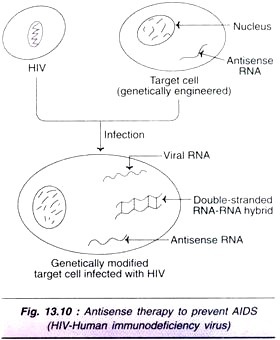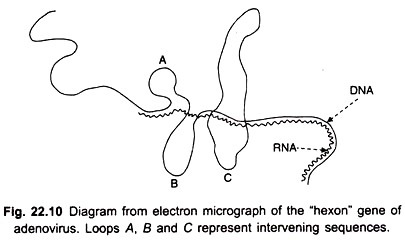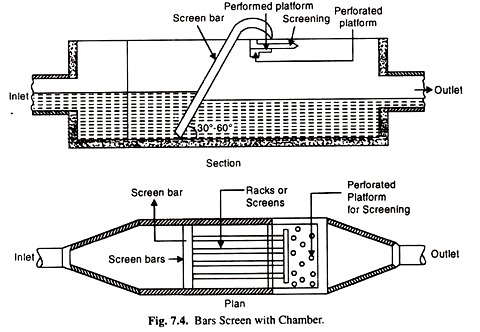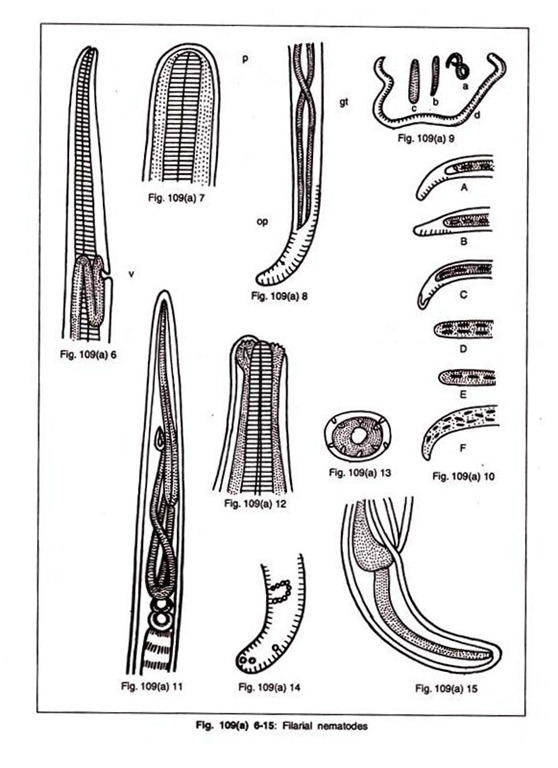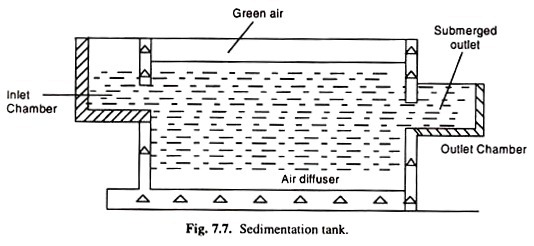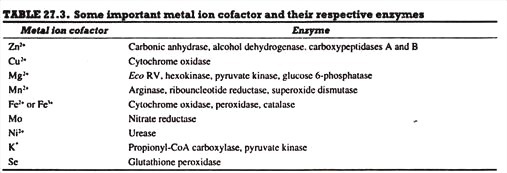ADVERTISEMENTS:
The below mentioned article will highlight the three important types of inflorescence in plants.
They are: (1) Racemose or Indefinite Inflorescences (2) Cymose or Definite Inflorescences and (3) Mixed Inflorescences.
Like branching, inflorescence also may be racemose or cymose. It may also be of the mixed type when it is partly racemose and partly cymose. Within racemose and cymose again, if the rachis branches and the flowers are borne on the branches then the inflorescence is compound.
Type # I. Racemose or Indefinite Inflorescences:
In this type the main axis of the inflorescence (rachis) grows indefinitely giving rise to younger and younger flowers in an acropetal order. The rachis never terminates in a flower, the apex being left free for further growth.
ADVERTISEMENTS:
Hence the other name indefinite for the racemose type. Sometimes the rachis, instead of developing into a long axis, is condensed to form a flat roundish structure called receptacle.
On a receptacle the order of development of flowers is centripetal, i.e., towards the centre where the apex is actually located.
Racemose inflorescences may be grouped and discussed as follows:
A. Rachis Elongated:
ADVERTISEMENTS:
(a) Flowers stalked:
1. Raceme:
In a raceme the stalked flowers are borne acropetally on an elongated rachis. This type is quite common and may be seen in mustard , radish, Linaria , Crotalaria, Cleome and a large number of flowering plants.
Compound raceme or Panicle:
When the axis of a raceme branches and the flowers are borne not directly on the axis but on its branches then the inflorescence is called a panicle. Such panicles are seen in Yucca filamentosa, Peltophorum ferrugineum , litchi (Litchi chinensis), gold mohur (Delonix), Andrographis paniculata, etc.
N. B. The term panicle is also used for a compound spikelet described .
(b) Flowers sessile:
2. Spike:
ADVERTISEMENTS:
This is like a raceme but the flowers are without stalks. Among numerous common examples may be mentioned Achyranthes ,Piper longum (long pepper), tuberose (Polyanthes ) where each pair of flowers arises from the axil of a separate spathe, Adhatoda vasica, etc.
N.B.:
The inflorescence of Polyanthes (tuberose), although mentioned above, is not a typical spike as it is usually compound a/id shows variations.
ADVERTISEMENTS:
Compound spike:
If the axis is branched and sessile flowers are borne on these branches in the manner of a spike then the inflorescence is a compound spike as seen in Amaranthus spinosus and Amaranthus viridis.
N.B:
The oat or wheat ‘spike’ is formed of spikelets described below.
ADVERTISEMENTS:
3. Spadix:
This is a variation of spike in which the rachis is thick and fleshy and the flowers are covered by one or more spathy bracts. A spadix may often be a huge structure as seen in the gigantic inflorescence of Amorphopkallus titanum .
In arum (Colocasia esculcnta) the whole inflorescence is covered by a spathy bract. In this case the female flowers are borne towards the base of the axis. Above these are some sterile flowers, then the male flowers and, finally, the top of the axis is left bare as an appendix. The banana spadix is a mixed inflorescence and is considered later.
Compound spadix:
ADVERTISEMENTS:
This is formed when the axis of a spadix branches as in coconut and in many other palms. Usually the whole is covered by a stiff boat-shaped spathe but some palms may have smaller spathes or spathellae for separate segments of the spadix.
4. Catkin or Amentum:
A catkin is a spike in which the axis is thin and weak. These are unisexual inflorescences which are usually deciduous, i.e., they drop off as a whole alter fertilization or when mature.
Examples are found in a number of families which are called ameniiferous. These include oak (Quercus), willow (Salix ), birch (Betula), poplar (Populus), hazel (Corylus, mulberry (Morus), Trewia nudifora, Croton, Acalypha, etc.
Catkins usually droop down forming a pendulous structure but sometimes they are erect as in the male and female catkins of Salix.
ADVERTISEMENTS:
5. Strobile:
This is a type of spike in which each flower is borne in the axil of a persistent membranous bract as found in the inflorescence of hop’ (Humulus lupulus).
6. Spikelet or Locusta:
A spikelet is the ultimate component of a type of inflorescence found in the grasses (Gramineae) and the sedges (Cyperceae). In a spikelet there is one to many flowers.
The whole spikelet is subtended by two bracts or glumes at the base and, above it, every flower is borne in the axil of a bract called lemma and a bracteole called palea.
ADVERTISEMENTS:
The ultimate inflorescences formed by the spikelets are complex and compound. In rice, each spikelet is composed of one flower only and the whole inflorescence is branched like a panicle although different from a true panicle.
This may be described as a panicle of spikelets. In wheat, the multi-flowered spikelets are borne on an unbranched axis looking like a compound spike.
In maize the male inflorescence bears the paired spikelets in a ‘panicle’ while the paired female spikelets (the lower one of each pair being sterile) are arranged in a ‘spadix’ .
B. Rachis Shortened:
7. Corymb:
In a corymb the axis is not elongated to the same extent as in the previous inflorescences. The extent of shortening varies. Moreover, the stalks of the flowers are longer and longer as the flower is placed lower and lower on the axis so that all the flowers are placed almost at the same level.
This is seen in different species of Cassia . Young inflorescences of mustard look corymbose while they become racemes when mature. Similarly, the umbel inflorescence of cherry (Pnams cerasus) may become a corymb when mature.
Compound corymb:
When the main axis branches and the flowers are arranged on the branches in a corymbose manner, the inflorescence is a compound corymb as seen in Pyrus torminalis .
C. Rachis Suppressed:
8. Umbel:
The umbel differs from the corymb in that the axis is shortened further —almost to nil. The flowers (usually having stalks equal in length) then appear to form a cluster.
It should be noted that the same inflorescence may change from umbel to corymb and from corymb to raceme due to the elongation of the rachis by growth. Umbels are found in cherry flowers (Fig. 278 and in Ceruella asiatica (Fig. 279) of Umbelliferae. In an umbel the central florets are younger and there are involucral bracts.
Compound umbel:
When the axis of an umbel branches, one gets a compound umbel. Compound umbels arc seen in the garden plant Chaerophyllurn as also in the spices fennel (Foeniculum), coriander (Coriandrum), etc., and also in carrot Daucus carota)—all belonging to the family Umbelliferae (Figs. 255 & 280). The involucres of the secondary umbels are called involucels.
(missing fig. 255)
9. Capitate:
When a large number of sessile flowers grow from a suppressed rachis giving rise to a more or less globose structure, it is termed a capitate inflorescence. This differs from capitulum (described below) in having no receptacle. This is seen in. many leguminous plants like Acacia, Mimosa, Albizzia (Fig. 281), clover, etc.
D. Rachis Flattened to Form Receptacle:
10. Capitulum or Head or Anthodium:
This is the characteristic inflorescence of the family Compositae. The rachis forms a flattened, more or less convex receptacle on which the florets are arranged in a centripetal order.
The whole capitulum is surrounded by an involucre of bracts at the base and each floret usually has its individual scaly bract. In some capitula the peripheral or ray florets and the central or disc florets are different in appearance. Such difference is found in sunflower but there is no difference among chrysanthemum florets.
Compound Capitulum:
Here the main axis is branched and several capitula are included within the same involucre as in Echinops echinata of Compositae.
Type # II. Cymose or Definite Inflorescences:
Just as in cymose branching, the growth of the cymose inflorescence is always checked vertically. The apical bud is a flower limiting further growth in that direction.
As this apical bud is the oldest and younger flowers occur below it, the opening of flowers is basipetal (i.e., towards the base). This appears as centrifugal where the rachis is flattened to form a receptacle.
Cymose inflorescences are less common than racemose types. Inflorescences included herein are the following:
1. Solitary:
When the apical or the axillary bud forms a single flower it does not form a real ‘inflorescence’ but this type is better included within the ‘definite’ group as further development is limited.
In china-rose (Fig. 283) the stalk of the flower can be distinguished into a peduncle (axis) part and a pedicel (stalk) part with an articulation between the two.
2. Monochasial Cyme or Monochasium:
This is the same as the uniparous type of branching and may be scorpioid or helicoid. The main axis terminates in a flower and one lateral branch axis develops from its base also ending in a flower.
(a) In the scorpioid type the apex terminates in a flower and single lateral branch axes are given out alternately to the right and the left of it as in scorpioid branching.
Ultimate straightening out gives rise to an inflorescence as seen in Heliotropium of Boraginaceae or in Ranunculus bulbosus of Ranunculaceae. Within scorpioid, again, two types are recognised.
(i) In a rhipidiom the lateral branches lie in the same plane as the main axis, while
(ii) In a cincinnus the lateral branches lie in angular planes.
(b) In the helicoid type, each lateral branch develops on the same side forming a helix (Fig. 285A) as found in the Forget- me-not (Myosotis palustris of Boraginaceae), Hamerocallis flava of Liliaceae or Hamelia patens of Rubiaceae.
Here again, there are two types:
(i) Drepanium with lateral ranches on the same plane, and
3. Dichasial Cyme or Dichasium:
This is the more normal cymose type where- two lateral branches develop on the two sides of the terminal apical (oldest) flower. The lateral branches may again branch similarly after the manner of biparous cymose branching.
Typical examples are found in jasmine (fasminum), Nyctanthes, Clerodendron and pink (Dianthus chinensis of Caryophyllaceae ) flowers.
4. Polychasial Cyme or Polychasium:
These branch as in the multiparous cyme, there being more than two lateral branches from the base of the apical flower. An
example may be found in Calotropis of Asclepiadaceae of Caprifoliaceae.
Special Cymose Inflorescences:
5. Hypanthodium:
This is the typical inflorescence of Ficus or figs. Here the cup-shaped receptacle is formed by the condensation of the rachis of three closely placed cymes. The receptacle forms an almost closed vessel with a small opening on the top. The flowers are arranged inside the receptacle in cymose groups.
6. Coenanthium:
Dorstentia, belonging to the same family (Moraceae) as the figs, shows a different type of receptacle. Here the receptacle, instead of forming a closed structure, becomes saucer-shaped with the margins slightly curved up (Fig. 289).
7. Cyathium:
The common garden Poinsettia (Euphorbia) pulcherrima shows this specialised cymose inflorescence which is covered by a cup-shaped green involucre formed by the union of bracts.
The extremely reduced florets are placed on a convex receptacle. The central (i.e., locating the top) flower is the biggest and it is a female one showing only a single pistil.
This is surrounded by a number of younger male flowers— each represented merely by a single stamen. Every floret has its individual stalk (pedicel) and is subtended in the axil of a thin and scaly bracteole. There are nectar glands on the involucre.
8. Verticillaster:
This is a complex inflorescence found in the Labiatae. There are opposite leaves in this family and one inflorescence develops from each of the two opposite axils.
Each inflorescence is a dichasial cyme which is reduced to two scorpioid cymes on two sides .As the sessile flowers cluster together, all of them (i.e., the two inflorescences together) appear to form a false whorl or verticel round the stem. Very common examples are Leonurus sibiricus and Leucas aspera.
9. Cymose capitate:
Clustering together of flowers on a suppressed rachis to form a capitate structure while the general plan is cymose is seen in plants like Anthocephalus indica of Rubiaceae.
Type # III. Mixed Inflorescences:
There are quite a few instances when an inflorescence cannot be definitely assigned to either the racemose or the cymose group. Ordinarily, racemose inflorescences may show some cymose character.
For example, the top apical inflorescence in flowering plants like dahlia, chrysanthemum, sunflower, etc., flower first and the lateral inflorescences lower down flower later. This is a cymose character in a plant where the inflorescences are otherwise racemose.
But, there are some plants in which the inflorescence itself is partly cymose and partly racemose.
Among these we may consider the following:
1. Mixed Panicle:
In some compound inflorescences like that of Ligustrum vulgare of Oleaceae it is seen that the general pattern is that of a panicle but the top flower opens first and in all the branches the order of opening is similarly basipetal, i.e., cymose.
2. Mixed Spadix:
The banana spadix is a mixed inflorescence as cymose groups of flowers are arranged acropetally on the fleshy axis. Each cymose group is subtended by a spathe—an older spathe subtending the next younger. This spadix bends down by its own weight.
3. Cymose Umbel:
The inflorescence of Allium cepa which looks like an umbel is found to be mixed on closer observation. The ‘umbel’ is formed by the grouping together of a number of smaller cymose inflorescences. This is also the case in Calotropis, Crinum, Lantana, etc.
4. Cymose Corymb:
This is seen in the inflorescences of Ixora , Alstonia scholaris, Holarrhetia antidysentrica, Oldenlandia corymbosa, etc., where a number of smaller cymose clusters are arranged in a corymbose manner on the axis bringing the clusters to the same level.
Fascicle is a special type of cymose corymb. In a polychasial inflorescence the successive axes are of equal lengths bringing the flowers to the same level in a corymbose manner.
The flowers are very much clustered together. This is seen in some members of Caryophyllaceae and in Garcinia of Guttiferae.
5. Thyrsus:
In this type a number of cymose clusters are borne acropetally on an unlimited axis in the manner of a raceme. This is seen in lilac and in grape vine.










